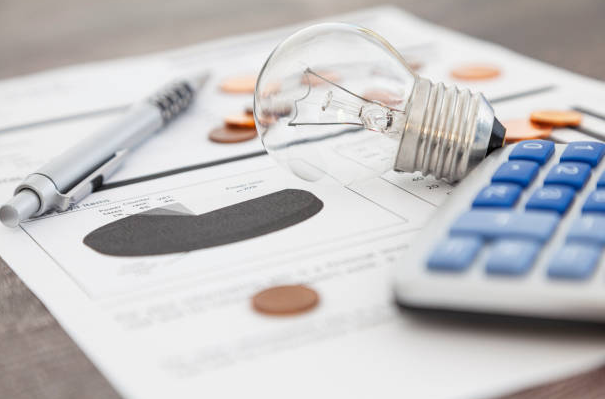Every home has appliances powered by electricity. They make our life easier as they can accomplish household functions such as cooling, cooking, and cleaning, sometimes security.
In the United States, homes and commercial buildings consume 40 percent of energy. As much as these appliances make us feel more comfortable at home, they come with baggage–energy bills.
As described by the U.S. Department of Energy, appliances come with two price tags: the purchase price and the cost of operating the appliances during their lifetime. Energy bill makes up a substantial percentage of the second price tag.
It is a recurrent expense for both homeowners and renters. Residential homes spend an average of $137 on energy bills. With rising inflation and debts, paying these bills can be financially challenging.
Unknowingly to many people, their energy bill can be significantly lower than the present cost by using energy-efficient home appliances. These appliances can reduce energy usage and costs by 10 percent to 50 percent.
For instance, A long best water heater tankless article from Cinch Home Services explains how it saves a lot of energy compared to traditional water heaters.
Without further ado, here are ten home appliances that can help you reduce your energy cost;
1. LED light bulbs
An average household spends about 11 percent of its energy budget on lighting. Meanwhile, an energy-efficient LED bulb consumes up to 90 percent less energy than a typical incandescent light bulb. They may also last up to 25 times longer.
2. Electric blanket
Heating and cooling accounts for a substantial amount of energy consumed by households. Using an electric blanket during winter can reduce the need for a heater, saving energy bills.
Wear a nice sweater and thick socks when using the electric blanket for optimal results.
3. Energy-certified appliances
When shopping for new appliances like refrigerators and air conditioners, buy Energy Star-certified products to help you save energy.
Energy Star is a US government-backed certification for products that provide energy savings without sacrificing features and performance. Since its inception in 1992, these appliances have saved over $500 billion in energy bills.
4. Electric kettle
You need hot water to enjoy coffee, tea, and cornflakes. It is time to reconsider if you use an electric stovetop to boil your water.
Instead of an electric stovetop, use an electric kettle. An electric kettle boils water faster and is more energy efficient.
Some models allow you to vary the boiling temperature to suit the purpose of use. You can also purchase a programmable one to get your water ready before you get up to make early morning tea or coffee.
5. Microwave
Microwaves are designed for one particular purpose, reheating food. Save energy and time using your electric stovetop instead.
Ensure you purchase an Energy Star-certified model for energy efficiency; upgrade if you have an old model.
6. Programmable thermostats
Replace your old model thermostat with a programmable version. It allows you to automatically modify your home’s temperature according to a pre-set schedule. For instance, you can instruct it to maintain a home temperature of 75 degrees during the day and 62 degrees at night between 12:00 a.m. to 5:35 a.m. every day.
A slight temperature difference can have a massive impact on your energy bill. According to experts, for every 1 degree Fahrenheit reduced, you will save about 3 percent of your energy cost. This means reducing the temperature by 20 degrees, for example, will reduce consumed energy by 60 percent.
7. Smart power strips and smart plugs
Smart power strips are designed to detect when a plugged electrical appliance is not in use and turn them off. This single action can save you as much as $100 in energy bills annually.
Another product with a similar function is smart plugs. Most smart plugs are WiFi enabled, allowing you to turn off any plugged appliances remotely using compatible apps on your smartphone.
8. Bread machine
Bread can be easily purchased at most grocery. If you have a large family that eats lots of bread, making it yourself can reduce expenses.
However, baking bread in an oven can take an hour or more with lots of stress. Instead, use a bread machine. It is faster and more energy efficient as it only needs to heat a small space instead of a whole oven.
9. Energy-efficient windows
Your heating and cooling systems work to regulate the temperature in your home. Unfortunately, poorly insulated or improperly sealed windows can allow air to escape.
Energy-efficient windows are designed with a special coating that helps keep heat out during summer and inside during the winter.
This will reduce the work of the heating and cooling and invariably reduce the energy used.
10. Fan
It is no brainer that air conditioners consume more energy than fans. For days when the heat is bearable, use a fan instead of using the AC.
Fans are very effective when well placed in cooling a room and helping you sleep well.








